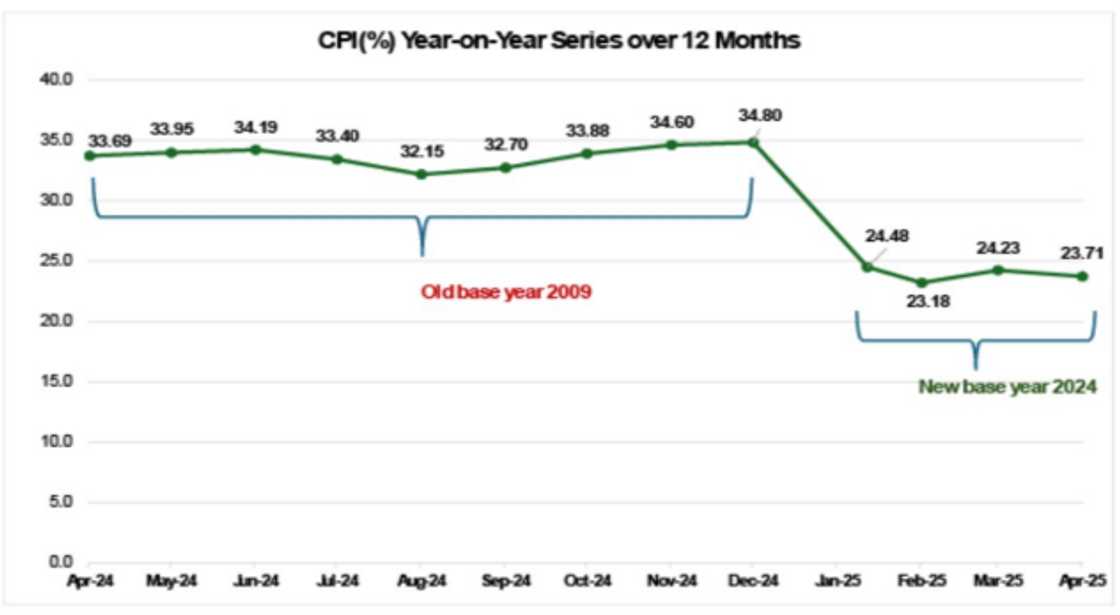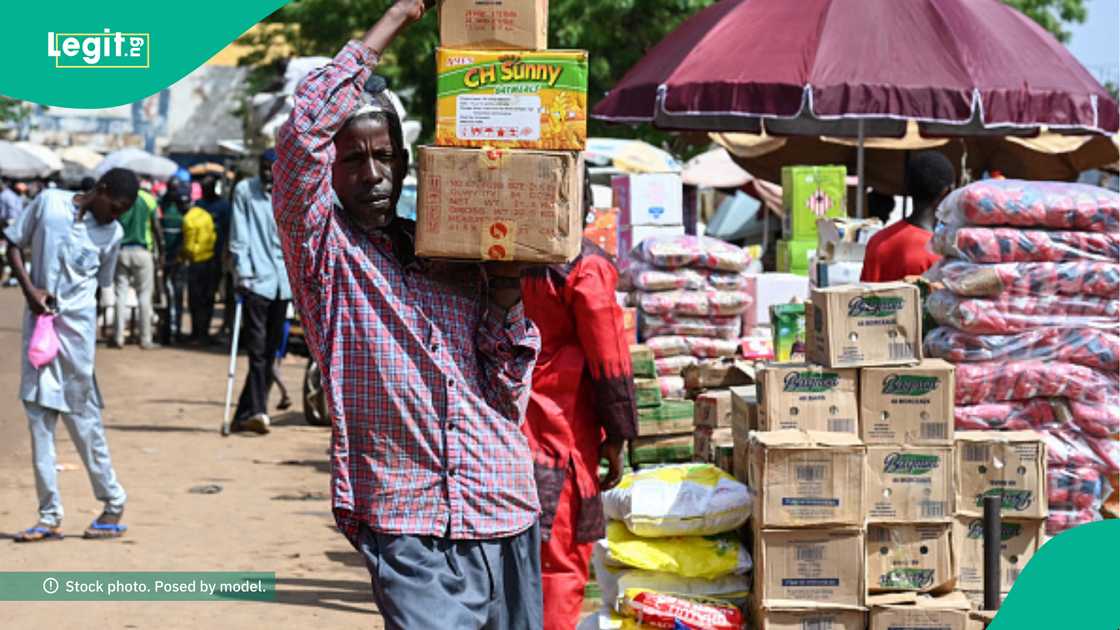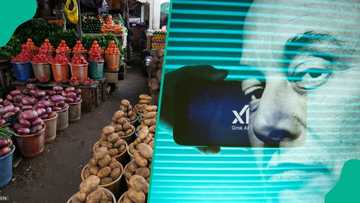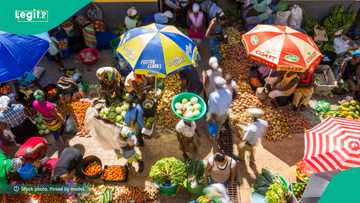List of 10 Most Expensive States To Live in Nigeria
- The National Bureau of Statistics has released new data showing that states that experienced the highest inflation rates
- The data shows that more than 10 states in the country are facing an inflation rate above 30 per cent year on year
- There is work on the part of the Central Bank of Nigeria to find a solution to the rising inflation rate
Legit.ng journalist Dave Ibemere has over a decade of business journalism experience with in-depth knowledge of the Nigerian economy, stocks, and general market trends.
The Nigerian Bureau of Statistics (NBS) has revealed that in April 2025, the headline inflation rate eased to 23.71% relative to the March 2025 headline inflation rate of 24.23%.
Looking at the movement, the April 2025 headline inflation rate showed a decrease of 0.52% compared to the March 2025 headline inflation rate.

Source: Facebook
The bureau stated this in its April 2025 inflation rate published on its website.
Also, when compared on a month-on-month basis, the April 2024 inflation rate showed an increase of 0.49 percentage points compared to the March 2024 headline inflation rate of 33.20%.
On a year-on-year basis, the headline inflation rate was 9.99% lower than the rate recorded in April 2024 (33.69%).
This shows that the headline inflation rate (year-on-year basis) decreased in April 2025 compared to the same month in April 2024.
The NBS also provided insight into the states that are the most expensive to live in based on the highest inflation rate.
10 states with the highest inflation rate
1. Enugu (36.0%)
Topping the list, Enugu recorded the highest inflation rate in the country. Monthly prices surged 12.3%, suggesting sharp hikes in housing, energy, and transport costs.
2. Kebbi (35.1%)
Though monthly inflation was more moderate at 5.4%, affordability remains a challenge, with high prices reflecting persistent pressure on household budgets.
3. Niger (34.8%)
Inflation in Niger was fueled by a 14.7% monthly rise in prices, likely driven by transport and supply chain shocks.
4. Benue (34.3%)
Benue faces a worsening affordability crisis, with monthly prices jumping 25.6%, raising concerns about access and nutrition.
5. Ekiti (34.0%)
Monthly inflation rose by 11.0%, pointing to acute local supply issues and aggressive price pass-through in April.
6. Nasarawa (33.3%)
A sudden 16.0% monthly jump in overall prices signals a recent shock, likely linked to fuel or logistics disruptions.

Source: Getty Images
7. Zamfara (33.2%)
Despite moderate monthly increases of 4.6%, annual inflation remained high, suggesting long-term cost growth across categories.
8. Abuja (32.9%)
The Federal Capital Territory saw overall inflation rise 9.8%, possibly due to rent, services, or other non-food categories.
9. Delta (31.9%)
Delta’s inflation was driven largely by non-food categories. Monthly prices surged 10.7%, pointing to rising costs in transport, housing, and utilities.
10. Gombe (31.0%)

Read also
"More scrutiny needed", Nigerians react as Elon Musk's Grok comments on NBS inflation report
Closing the top 10, Gombe recorded a 9.0% monthly increase in prices, reflecting persistent inflationary pressure across essential goods.
Why Nigeria's food inflation rate dropped in April
Speaking with Legit.ng, Ifeanyi Ubah, Head of Research at Comercio Partners, gave insights as to why there is an improvement in the food inflation rate.
"Food inflation in Nigeria dropped in April, largely driven by reduced prices of key staples like maize flour, wheat, yam flour, rice, and several types of beans.
"This decline can be attributed to recent policy measures by the government, such as waiving import duties on essential food items and facilitating the import of semi-processed staples aimed at supporting small-scale processors.
"Also, the National Bureau of Statistics’ updated Consumer Price Index methodology provided a more precise representation of market trends."
Ubah added that the short-term relief highlights the need for long-term solutions to persistent weaknesses in the country’s food supply system.
Food prices drop sharply by up to 40%
Legit.ng previously reported that while many Nigerians celebrated the significant reduction in food prices, grain hoarders faced losses following a 40% decline in costs from December 2024 to March 2025.
A market survey revealed that the price of grains fell substantially, with a 50kg bag of beans, which sold for around N100,000 in December, now priced between N75,000 and N85,000.
Similarly, rice prices experienced a steep drop, falling from N100,000 in December to as low as N52,000, depending on the brand and location.
The article was updated with additional information by the head of the business desk, Victor Enengedi.
Source: Legit.ng





